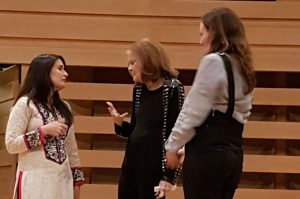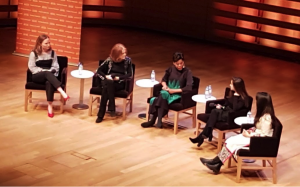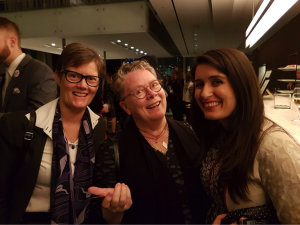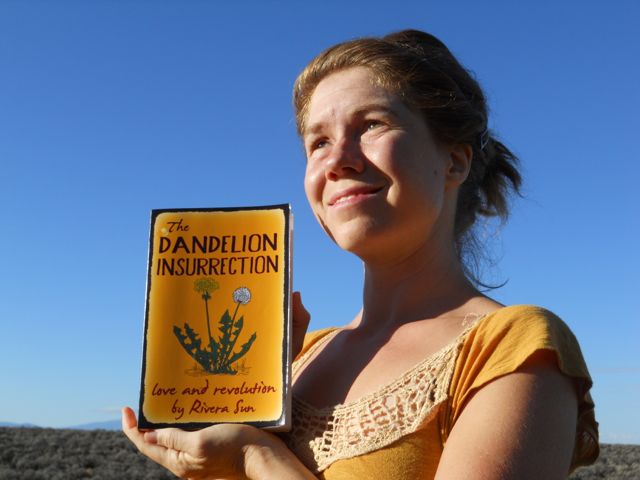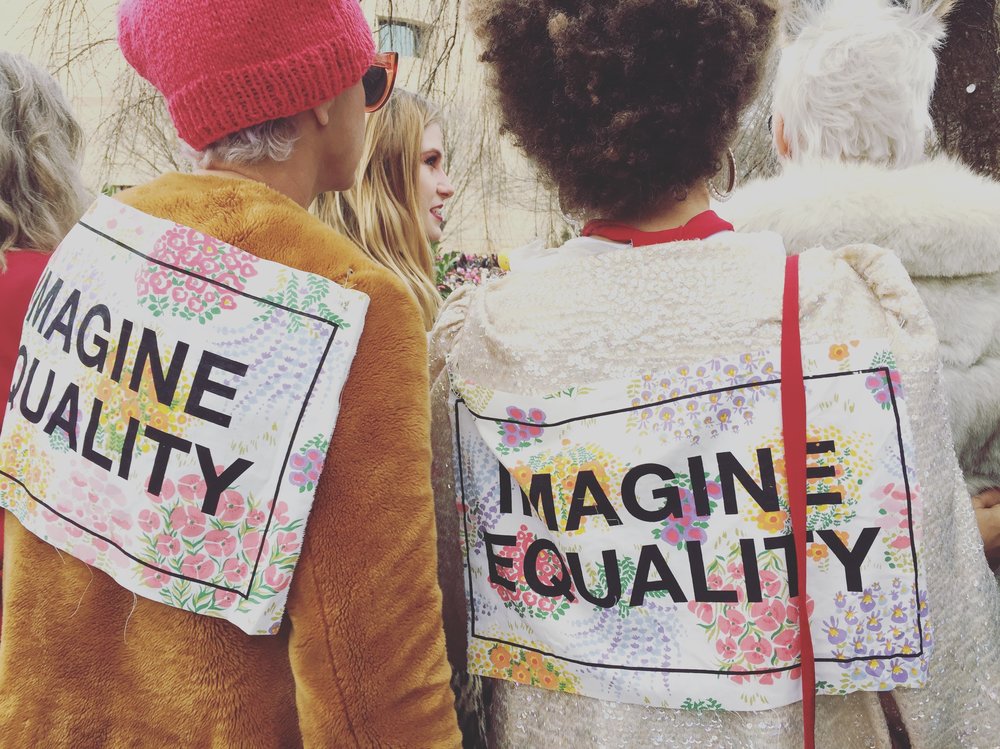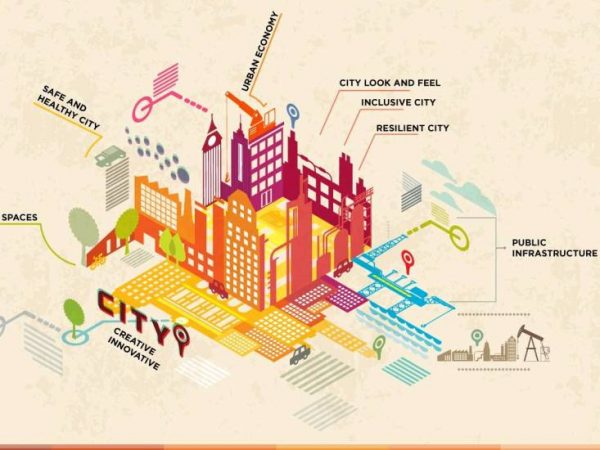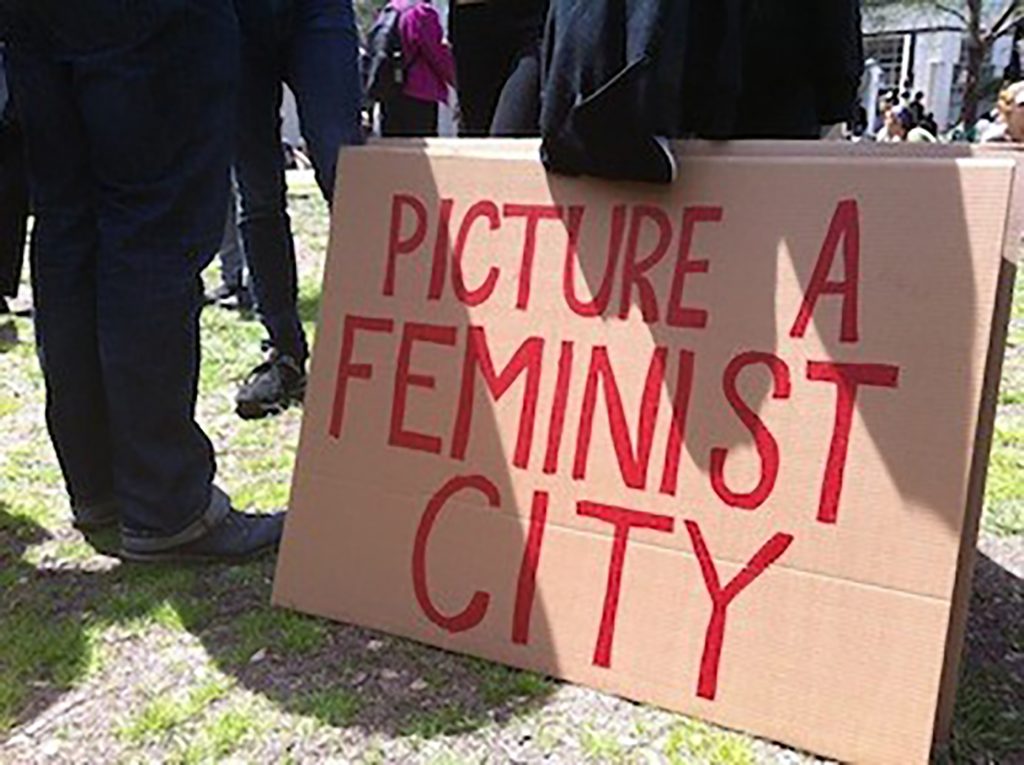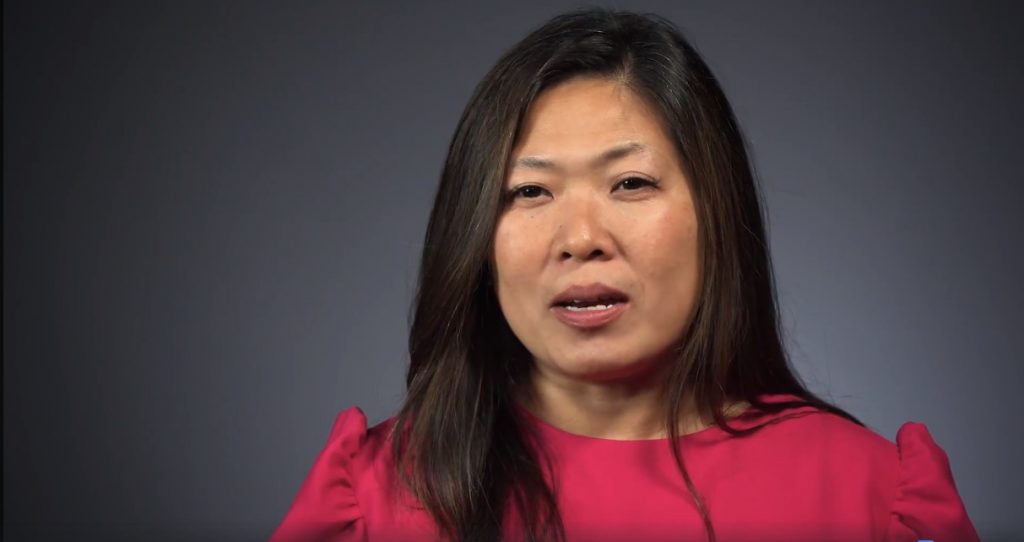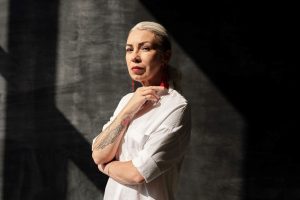
Amanda Laird is the founder of the successful Heavy Flow podcast and author of the recently released book Heavy Flow: Breaking the Curse of Menstruation. She transitioned from a corporate career to entrepreneurship via a path that is all too familiar these days: Big education. Career. Marriage. Corporate burnout. First-time motherhood.
Laird wanted a lot out of entrepreneurship: Work with a higher purpose; a second income for her family; time to learn how to be a mom; space for relationships that matter; and a routine that allowed her to look after her own health and wellness.
And she got it—albeit after stumbling along a somewhat meandering path that taught her to trust her own vision and instincts. We share that journey with you in the interview below.
LiisBeth: Why did you decide to pursue entrepreneurship?
Laird: I worked in corporate communications for over a decade and about five or six years ago, I just hit the wall. I was working 12 hours a day. It was all about billable hours. The men were consistently making more than the women. I was sooooo burned out. I started doing the math and realized that, given the hours I was putting in, I was barely making minimum wage. I started thinking that if I was going to work that hard for so little, I might as well work for myself.
But I didn’t jump into entrepreneurship quickly. I first tried other ways to achieve the life I was looking for.
I left the PR agency to take a low-level job at a bank that was 8:30 a.m. to 4:30 p.m. with no after-hours expectations, and no need to be available on my Blackberry 24/7/365. But I soon learned that, while it meant fewer hours and less stress, it was crushing my soul.
I went back to the public relations firm I had left and thought that, because of my previous track record, I could “lean in” and negotiate an arrangement that included the opportunity to work from home two days a week. Or come back as a project-based contractor so I could have more flexibility. They said no. You are either in or out.
At that point, I really started wondering what I was doing with my life—and if I would ever be able to design a truly generative life.
Once you decided to go out on your own, what kind of business did you want to start?
I had an interest in health and wellness, so I decided to go back to school part-time to become a self-employed holistic nutritionist. I took courses for two years. I believed that helping people live healthier lives through better nutrition was a good way to do good in the world. I wrote my exam when I was 37 weeks pregnant. I saw maternity leave as a great time to start my new venture. In between breastfeeding and diaper changing, I started to hustle online as an independent nutrition consultant.
But that didn’t turn out exactly the way I planned.
After spending a year building my venture, and just as my one-year-old daughter was now ready to enter daycare, meaning that I would have more time to grow my new enterprise, I was offered a big corporate communications contract. Though I planned to put more time into my business, I took the cushy contract. I reasoned it was possible to work full-time for someone else and see my growing list of holistic nutrition clients, plus figure out how to be a working parent of a one-year-old!
A year later, I was back in that place where I felt so burnt out. It was like, “Wait a second.” I had chosen this path because I wanted to feel different, and I wanted to work differently, and I wanted to do different work than I did when I was working corporate. I thought entrepreneurship would be easier—but I found myself back in the same place.
From one hamster wheel to another—says something about our systems doesn’t it. What did you do next?
I stopped everything. I decided to put my holistic nutrition business on hold. It wasn’t fulfilling me the way that I thought it would because most people were coming to me just to lose 10 pounds, which is not the point of nutrition counselling. I had just finished my big corporate communications contract. There were no new prospects and I was exhausted, so I thought, “You know what, I just want to take a break and do a project just for fun.”
At that moment, I decided I’m going start a podcast.
Of course, you did! So tell us about the podcast.
I decided my podcast would be a conversation about periods and reproductive health. But it quickly morphed into a conversation about what we think is okay to do to women’s bodies or how to treat women’s bodies.
The first Heavy Flow podcast launched in September of 2017. Within three weeks, I was speaking with a publisher about writing a book.
That’s amazing! Tell us, how do you make money publishing a podcast.
I hate to admit I didn’t have a business plan. It was just supposed to be a fun project. But then, somehow, I was introduced to DivaCup, and they offered to sponsor the podcast. Then I thought, maybe others, like Lunapads, bebo mia, and others will too. I whipped up a sponsorship presentation in PowerPoint and not too long after started collecting money from these sponsors even though, at the time, the podcast was still relatively small. A revenue stream was born!
Has your business grown?
Yes. In September of last year, I decided to bring on a producer to help me edit the show.
How did you fund your entrepreneurial venture?
The reality is that I don’t support myself entirely. I’m married, which I feel we must be transparent about that. My husband gets paid very well and so I have that privilege of being able to kind of feel my way through the dark because, at least, he was bringing in income. I always relied on my skills as a communications and marketing person as backup potential income streams. And so that is a privilege as well because I was well-connected in an industry that I left. And so, when I needed money, it didn’t ever take me that long to write some emails or poke some people on LinkedIn and get a project to work on. So, I was able to bring in some money as I went along. But, ultimately, our family nest egg would be bigger if I just stuck with my corporate job.
Okay, now tell us a little bit about the book
The book is called Heavy Flow: Breaking the Curse of Menstruation. I talk about how and why menstruation is embroiled in so much shame and stigma and taboo, shrouded in secrecy, plus misunderstanding. I define a better period as one that is shame-free and pain-free. We need to disentangle the centuries of period shame that has been passed down from generation to generation.
The second part of the book is really a crash course in menstrual self-care. How to understand your cycle. How to use it as a vital sign. Why it’s important beyond reproduction. Then I give you some tools to help cultivate what Laura Wershler has coined as “body literacy,” in other words, how to read your body.
We need to be able to better read, interpret, and understand our body’s signs and signals. Capitalism has really thrived by telling us we need to ignore the needs and signals of our bodies. Becoming body literate and acting on what it tells us is a form of activism.
What advice do you have for other entrepreneurs?
I wish that somebody had told me that you can kind of get to that [clear] vision by just trusting yourself to do the next right thing, and trusting your own wisdom and capability.
I believe I am starting to experience success because I just allowed myself to do the next right thing. Even though sometimes, that was crazy. Like starting a business in a field completely different from my schooled profession, and then shutting this business, a holistic nutrition practice, that had a waiting list.
What’s next for Heavy Flow?
While attending the Entrepreneurial Feminist Forum, I had a huge lightbulb moment and funny enough, it was in your session. I was in your session and it just dawned on me that here I was trying to align myself with Lunapads and DivaCup or these companies that were niche period companies aligned with the topic on my podcast. But maybe there was an opportunity to broaden my sponsor base! What if I used my podcast platform to create an ecosystem for entrepreneurial feminists?
We would be thrilled if you did exactly that!
If you are interested in checking out Amanda Laird’s podcast, Heavy Flow, we recommend the following two episodes to get you going:
Episode 51: Resisting the Female Lifestyle Empowerment Brand with Kelly Diels
Episode 58: Investing in Menstrual Equity with Jonathan Hera





